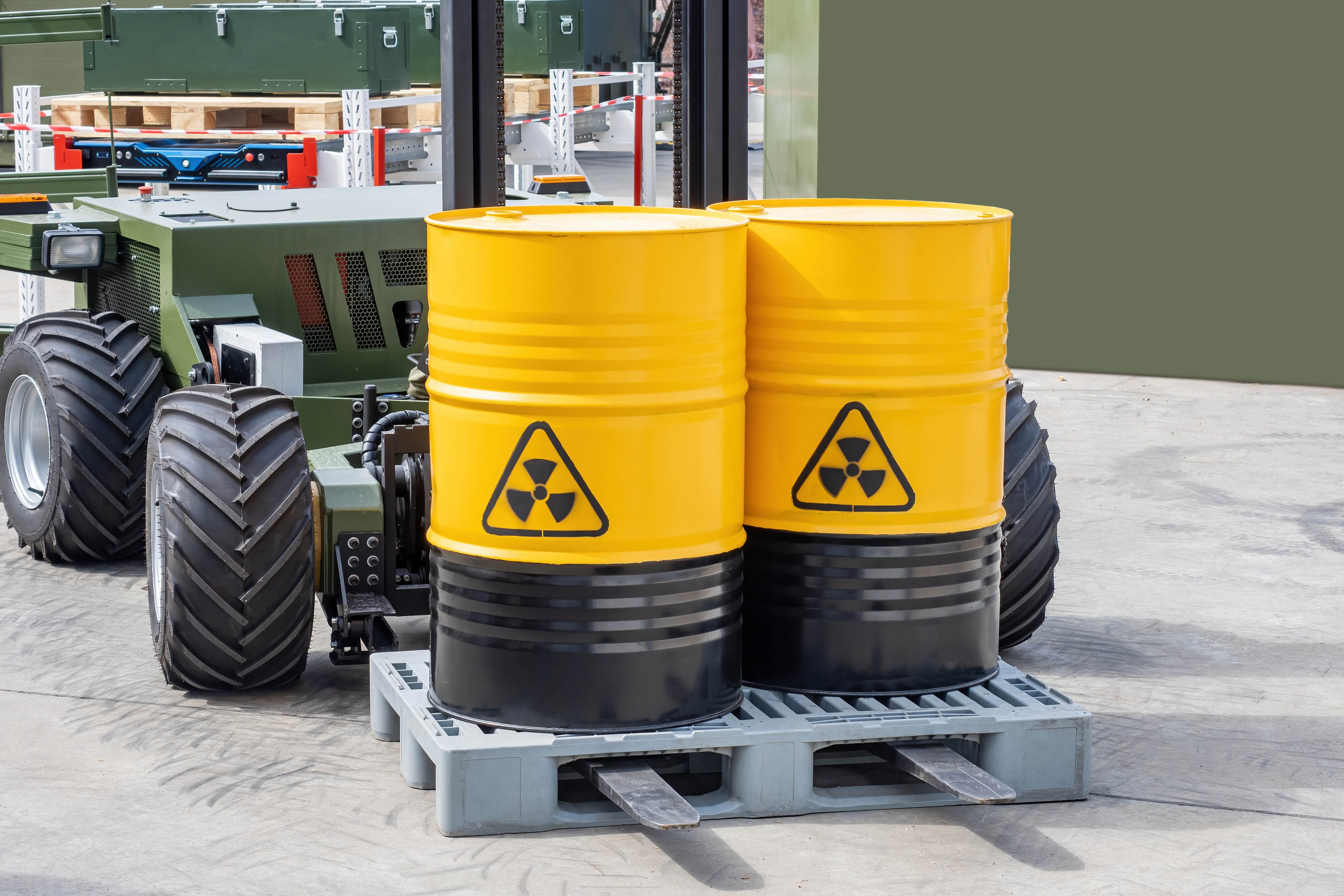The U.K. has a dozen or so nuclear power plants that are waiting to be dismantled, some of which date back to the 1950s. While nobody knows exactly how they look inside, their interiors are probably quite chaotic: collapsed walls, puddles of water or oil, cables sticking out. How can these power plants be dismantled safely and efficiently?
Traditionally, robots are very useful for doing dull, dirty, dangerous work. Engineers typically design such robots in a top-down way, but for a complex environment like a disused nuclear power plant, it’s not known a priori what the optimal robot design should look like. In designing robots to work in such an environment, the researchers decided to use the principles of natural evolution: variation, selection, and heredity. After all, natural evolution has been very successful in filling almost every ecological niche on Earth, from ants to whales, including giraffes and eagles.
Having robot evolution come up with designs for a robot body and brain for such an application was the aim of the four-year U.K. research project Autonomous Robot Evolution (ARE): from cradle to grave, which was launched at the end of 2018.
Guszti Eiben, a professor of artificial intelligence affiliated with both the Vrije Universiteit Amsterdam in the Netherlands and the U.K’s University of York, is part of a British research team working with the U.K.’s universities of Bristol and Napier on robotic evolution. In his robotics lab in Amsterdam, Eiben talks about the robot evolution project.
What can you tell us about the results of the first year of the project?
In Bristol, we have built what we call a robot delivery room. In this delivery room a robot arm automatically completely assembles a new robot. On the one hand, it uses three-dimensionally (3D)-printed parts that constitute the robot body; on the other hand, it uses pre-fabricated parts like computer chips, cameras, and cables, because they cannot yet be 3D-printed. In September 2019, we demonstrated how a robot arm could build from all these parts a little robot that could drive on two wheels. The idea is that with 3D-printing improving, more and more robot components can be printed, so ultimately the robot delivery room can ‘give birth’ automatically to a new robot ‘baby’.
What is the ultimate aim of the project?
At the end of the four years, we want to have a working evolutionary robot system that produces generations and generations of complex robots in the real world, rather than just in simulation. This will be the first of its kind, a real scientific-technological breakthrough. Furthermore, we want to have an evolved robot for a given application. We have no idea what this robot is going to look like, but it will be trained to perform a particular task. In the final proof of our concept, we want to send a robot into a mock-up of a nuclear power plant filled with junk, have it take a temperature measurement and a sample of the junk and bring it back to the researchers.
How are you going to develop the robot body and brain?
We will implement reproduction and selection, and produce many generations to evolve good robots. Selection is easy: we equate fitness with task performance and apply the mating of the fittest and the survival of the fittest principles. As for reproduction, we will let robots ‘mate’ partly in a virtual environment, on the computer, and partly in the real world. DNA is fundamentally just code, it’s digital, so, we can also recombine the ‘genetic code’ of a virtual robot with the code of a physical robot. That’s a great trick.
Evolution in the virtual world is fast, but not always realistic. The big problem is the so-called reality gap; simulators use approximate models and inaccurate physics engines. Hence, if you evolve a robot in simulation. it will only work well in simulation. If you build the robot in the real world, its behavior will be different; typically worse, much worse.
Evolution in the physical world is slow, but by definition, realistic. We combine the best of both worlds.
You call your evolutionary robot system an EvoSphere. How does it work?
Our robots will be born in the delivery room that we have already built. This is the (re)production center of the EvoSphere. Next, the robots will enter a training center where they have to learn basic skills like moving towards an object, manipulating an object, and finding a power station to recharge their batteries. After the learning period, they will have to take an exam; only the robots that pass are considered mature. They are admitted to the final part of the EvoSphere: the robot arena. Here, they have to do tasks similar to those they will carry out in the real world. The best robots from the arena are used to continue breeding new generations of robots.
Apart from the engineering aim of the project, what is its scientific aim?
The fascinating thing is that you can investigate fundamental biological questions in such an EvoSphere, like what is life? Can we realize life in robots? How can intelligence evolve? What is more important for intelligence: body or brain? How does the importance of both depend on the environment?
We can change the environment however we want; it would be unethical to do that in nature. We can monitor every step in the evolution, which you can’t do in nature. For the study of evolution and artificial life, an EvoSphere will be an important instrument, like the telescope is for astronomers.
Bennie Mols is a science and technology writer based in Amsterdam, the Netherlands.




Join the Discussion (0)
Become a Member or Sign In to Post a Comment